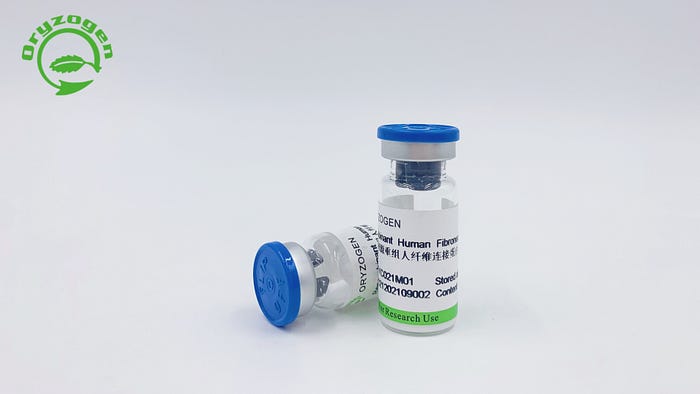Optimizing Biotechnological Research with Fibronectin Cell Culture
In the rapidly evolving field of biotechnology, optimizing research protocols is crucial for achieving accurate and reproducible results. One groundbreaking technique that has gained significant traction in recent years is fibronectin cell culture. This method not only enhances cellular responses but also opens new avenues for innovative biotechnological applications.
Best Practices for Incorporating Fibronectin Cell Culture Protocols
How Fibronectin Cell Culture Improves Cellular Responses in Biotechnological Applications
Innovations in Cell Culture: The Future of Fibronectin Cell Culture in Biotechnology
In this blog post, we will delve into the best practices for incorporating fibronectin cell culture protocols, explore how it improves cellular responses, and discuss the future innovations poised to transform this technique.
Best Practices for Incorporating Fibronectin Cell Culture Protocols
Incorporating fibronectin cell culture into your research protocols involves several critical steps to ensure optimal results. First and foremost, selecting the right type of fibronectin is essential. Commercially available fibronectin, such as that manufactured by Oryzogen, is often preferred due to its high purity and consistency. Next, preparing the culture surface with a fibronectin coating is a crucial step. This typically involves diluting fibronectin in an appropriate buffer, applying it to the culture dish, and allowing it to adhere before seeding the cells. Ensuring a uniform coating can significantly impact the cellular adhesion and growth. Additionally, maintaining a sterile environment throughout the process is imperative to avoid contamination and ensure the reliability of your results.

How Fibronectin Cell Culture Improves Cellular Responses in Biotechnological Applications
The use of fibronectin in cell culture has been shown to dramatically improve cellular responses, making it a powerful tool in various biotechnological applications. Fibronectin, a high-molecular-weight glycoprotein, plays a key role in cell adhesion, growth, migration, and differentiation. When used in cell culture, fibronectin provides a more physiologically relevant environment, closely mimicking the extracellular matrix found in vivo. This improved environment facilitates better cell signaling and function, which is particularly beneficial in tissue engineering, regenerative medicine, and drug discovery. Studies have demonstrated that cells cultured on fibronectin-coated surfaces exhibit enhanced proliferation, increased viability, and improved morphology, all of which contribute to more reliable and impactful research outcomes.
Innovations in Cell Culture: The Future of Fibronectin Cell Culture in Biotechnology
As we look toward the future, innovations in fibronectin cell culture are set to revolutionize biotechnological research further. Advances in recombinant fibronectin production, such as those driven by companies like Oryzogen, are making high-quality fibronectin more accessible and affordable. This accessibility is likely to spur wider adoption and new applications in various fields. Additionally, integrating fibronectin cell culture with cutting-edge technologies like 3D bioprinting and organ-on-chip systems promises to enhance our ability to model complex biological systems accurately. These innovations will enable researchers to conduct more precise experiments, ultimately accelerating the development of new therapies and medical breakthroughs.
In conclusion, fibronectin cell culture offers a robust platform for optimizing biotechnological research. By following best practices for incorporating fibronectin protocols, leveraging its ability to improve cellular responses, and embracing future innovations, researchers can unlock new potential in their work. Companies like Oryzogen are at the forefront of this exciting field, providing the tools and expertise necessary to drive progress and achieve groundbreaking results.

Comments
Post a Comment